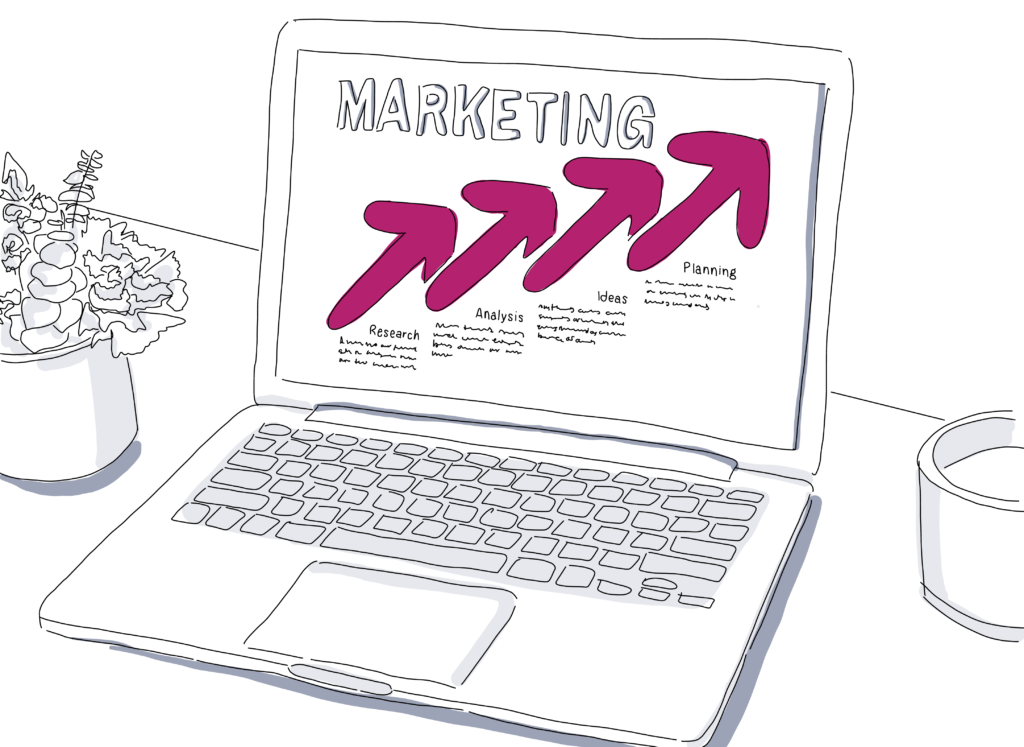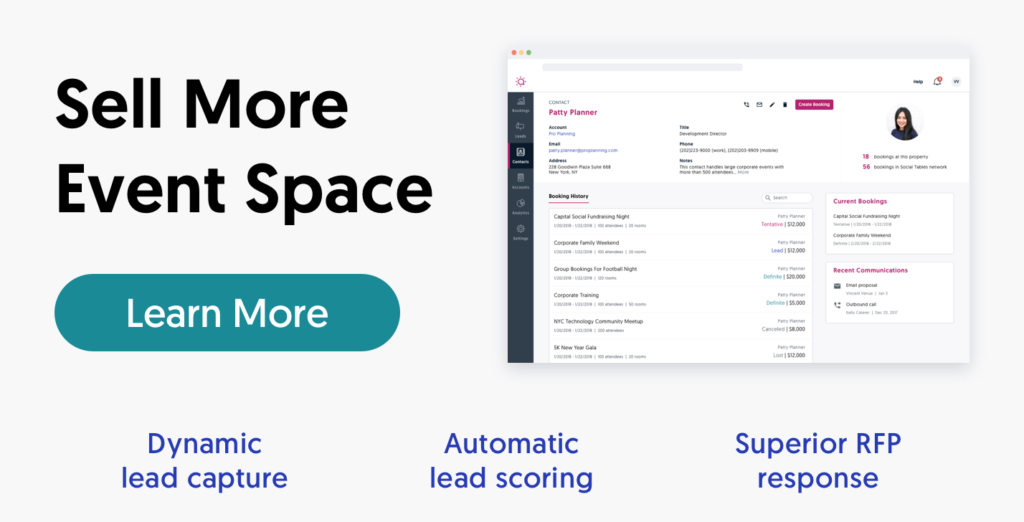
A Peek Inside Marriott’s Marketing Strategy & Why It Works So Well
As Airbnb becomes more popular, hoteliers playing catch-up in winning over choosy travelers and millennials. How can large hotel brands position themselves to appeal to that market? To find out, just look at Marriott’s marketing strategy.
We took a closer look to see how Marriott has implemented strategic marketing campaigns and guest experiences to drive more bookings.
[Tweet “80% of millennials use social media to make decisions and UGC has the most influence.”]

Marriott creates user-generated content to capture Millennials’ attention
Millennials don’t buy into old-fashioned travel norms. They’re more spontaneous: 49% book trips at the last minute and only 58% book traditional lodging. Over 80% use social media to make decisions, and user-generated content has the most influence.
To tap into that, Marriott partnered with Snapchat influencers to make Snapisodes that mimic TV travel documentaries. In these Snapisodes, the influencers showcased Marriott’s new and luxury properties. For instance, in one video, an influencer visited Moxy, a concept property that has a bar for a front desk.
Each segment was just 2½ minutes, with a 10-second teaser showing images from a future episode. Whether you’re interested in food, cute animals, or photography, you’ll know instantly that you just have to see the rest.
Why does this Marriott marketing campaing work? It reaches out of Snapchat to YouTube, Facebook sharing, and other channels to capture the attention of other demographics. The content is good and barely resembles advertising.
Marriott wanted the series to be like TV, while at the same time being user-generated content from influencers with large social communities. The idea was to bring brand awareness to a generation that doesn’t have a clear picture of Marriott’s brand.
Bringing social media to life with M Live
Marriott’s social media marketing strategy isn’t like most hotels. What social media is allowing us to do is not draw attention to ourselves, but to see our guests in their own spotlight,” wrote Arne Sorensen, President of Marriott International, on his blog.
Sorensen was interested in how Marriott hotels provide a backdrop for guests’ real-life experiences. “Through these new lines of communication they can help us understand them better and, in turn, we can treat them with personalized care,” he wrote.
With this idea in mind, Marriott created M Live. It’s a command center where social media experts monitor the brand’s presence on various channels. When a guest posts about an experience and they’re at a Marriott hotel, an M Live staffer can do something special to make a difference in that guest’s stay. For example, the guest might get a poolside drink or the team might set up an impromptu party in the lobby. It’s personal and relevant to the guest.
Sorensen adds, If we can continue to hear our customers in all the ways they communicate, we will have many more opportunities to build the type of personal relationships that create two-way loyalties and are at the core of the hospitality industry. So, I say, post away. We love it.

Marriott’s app creates loyal customers
Sometimes hotel marketing can get stale. So when Marriott built its customer app, it looked to non-hotels (like theme parks) for inspiration like theme parks. What they found: Customers want apps to make their experiences hassle-free ” and then get out of their way.
With Marriott’s app, rewards members don’t have to check in. They arrive at the hotel, go straight to their room, and open the door with their smartphone. The same goes for checkout. Easy in, easy out. It’s almost like visiting home.
This presented a challenge for Marriott’s hotel marketing team. How could they market the app without being intrusive? The M Live program has a geofencing feature that works via the app. Marriott can use it to interact carefully with a guest without going overboard. With the geofencing in place, the app makes relevant suggestions that are simple but valuable.

Another challenge: Up to 75% of mobile users uninstall apps within the first 90 days. So Marriott found a balance that keeps their users engaged with the brand. This lays the groundwork for Marriott’s marketing opportunities in the future.
These are only a handful of Marriott’s marketing strategies. Part of what makes Marriott unique is their true interest in making a guest’s experience ” both on and off property ” a memorable and fulfilling experience.
Up next, discover even more powerful hotel marketing ideas you can use, and give venue marketing software a try.
Will you test out any tactics from Marriott’s hotel marketing? Tell us what you test out on Twitter.


